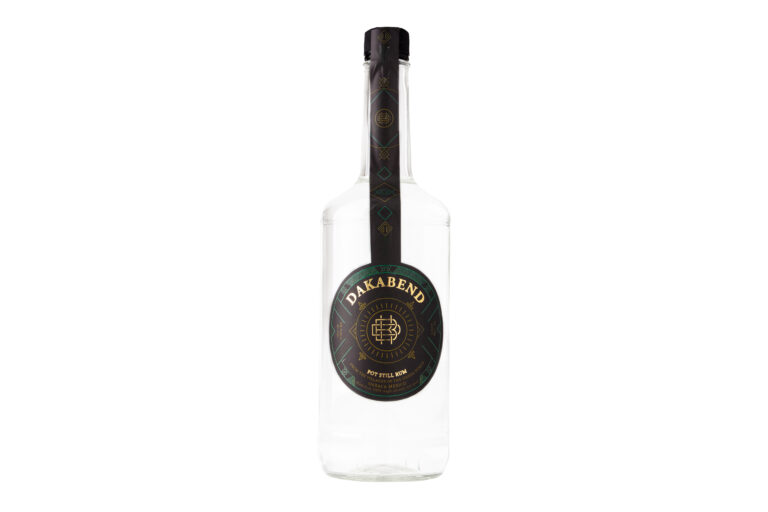Dakabend Rum known as an aguardiente de caña in Mexico, a rum in the US, a rhum agricole in the Caribbean, like all distillates DAKABEND reflects the unique fruit, process, and distiller personality behind it. The name should tell you something: It comes from three words in the local Zapotec language DA KA BEND that translate to “The one that doesn’t listen.” That was the term locals around Lachirioag called the cousins Elisandro Gonzalez and Edgar Gonzalez-Ramirez when they returned to their home town to start Mezcal Tosba. I wonder if those people rue the tease or whether it’s just par for the course. From the little that I now about Zapotec insults, it’s the latter.
Elisandro told me that rum is actually probably the oldest local distillate. “It is a project that is long overdue. Our first contact with distillation was through aguardiente. My grandpa, uncles and Edgar’s dad used to make aguardiente.” Sugar cane has been in the area for centuries appearing first in the late 17th Century when someone who saw how well coffee and cane grew around Veracruz brought those plants up into the Sierra Norte mountains that surround Lachirioag. Since then those plants have been cultivated locally even if rum hasn’t been a long time local tradition.
Elisandro recalls that local people had been making piloncillo and tepache from the local cane. His grandfather used to make pulque from the local agaves which local panaderos also used as starter yeast for their breads. The aguardiente de caña started as a mobile operation where, Elisandro recalls “you would bring a mill into the fields, crush the sugar cane, install your still and make it that way.” Elisandro’s cousin, Edgar, figured out how to make DAKABEND through trial and error, just as he’d figured out how to make Tosba.

